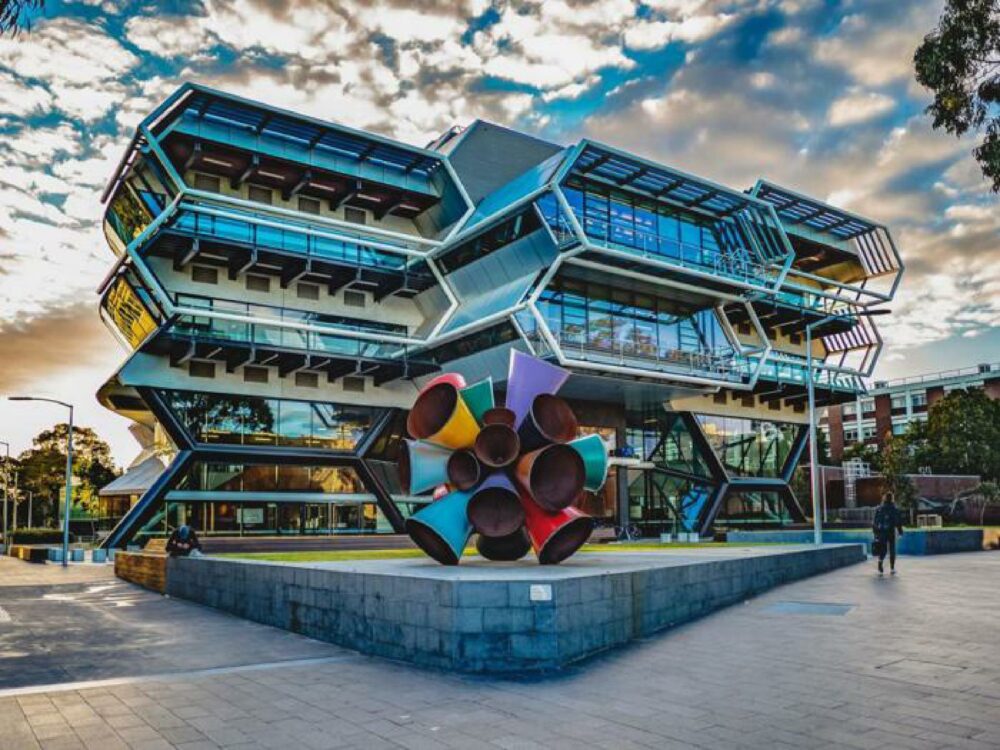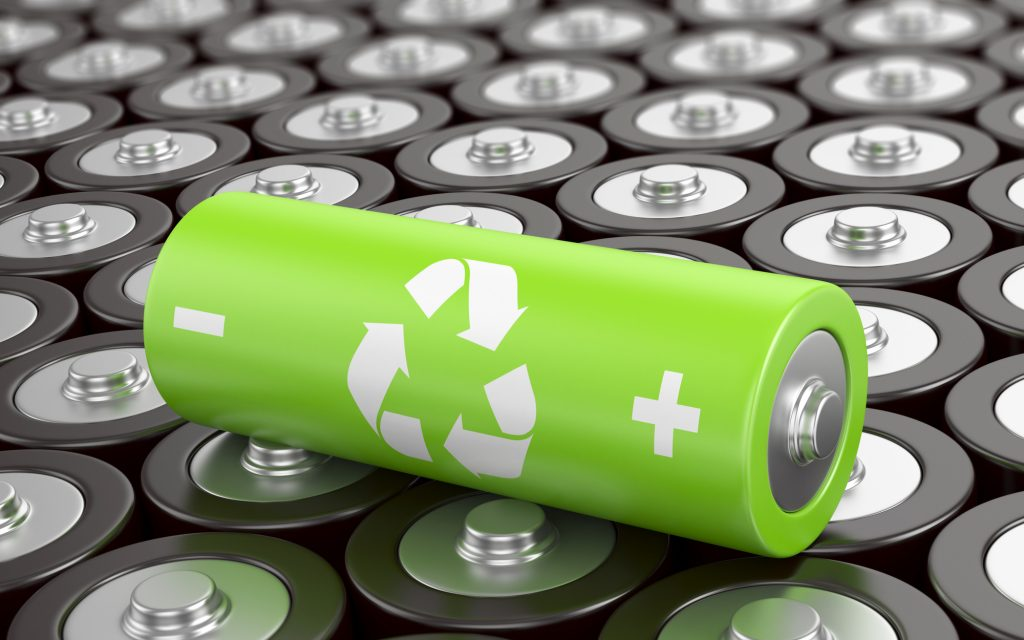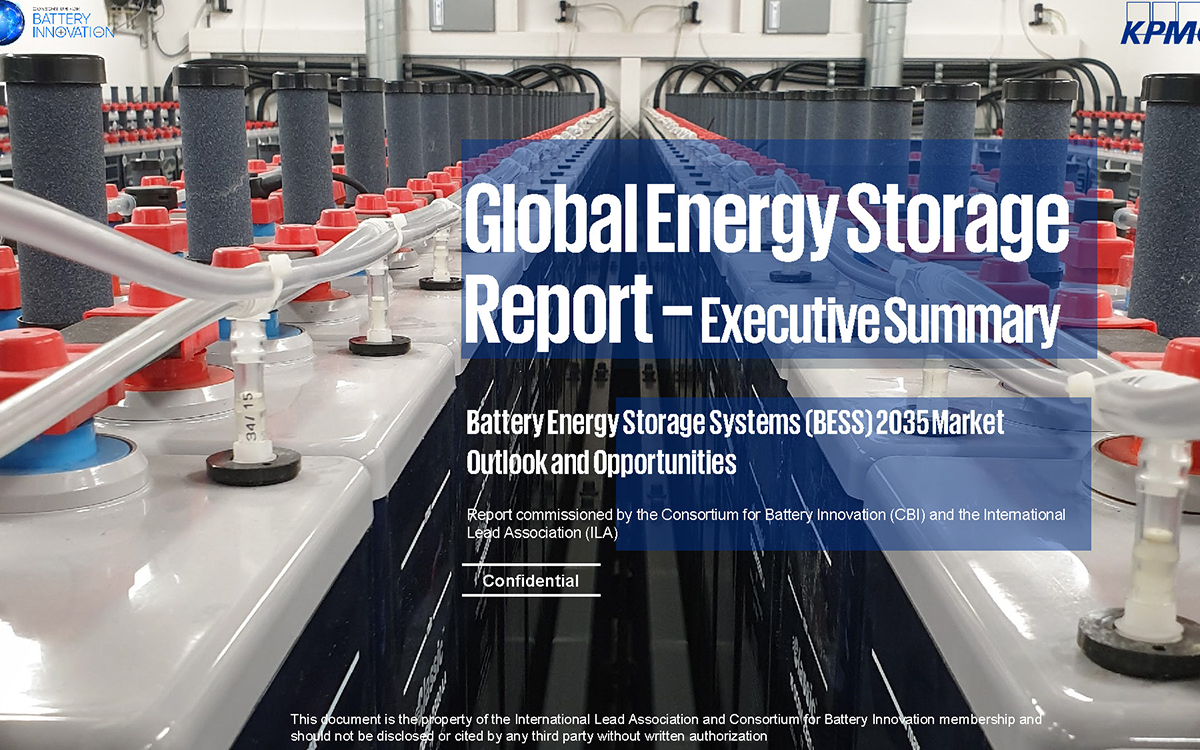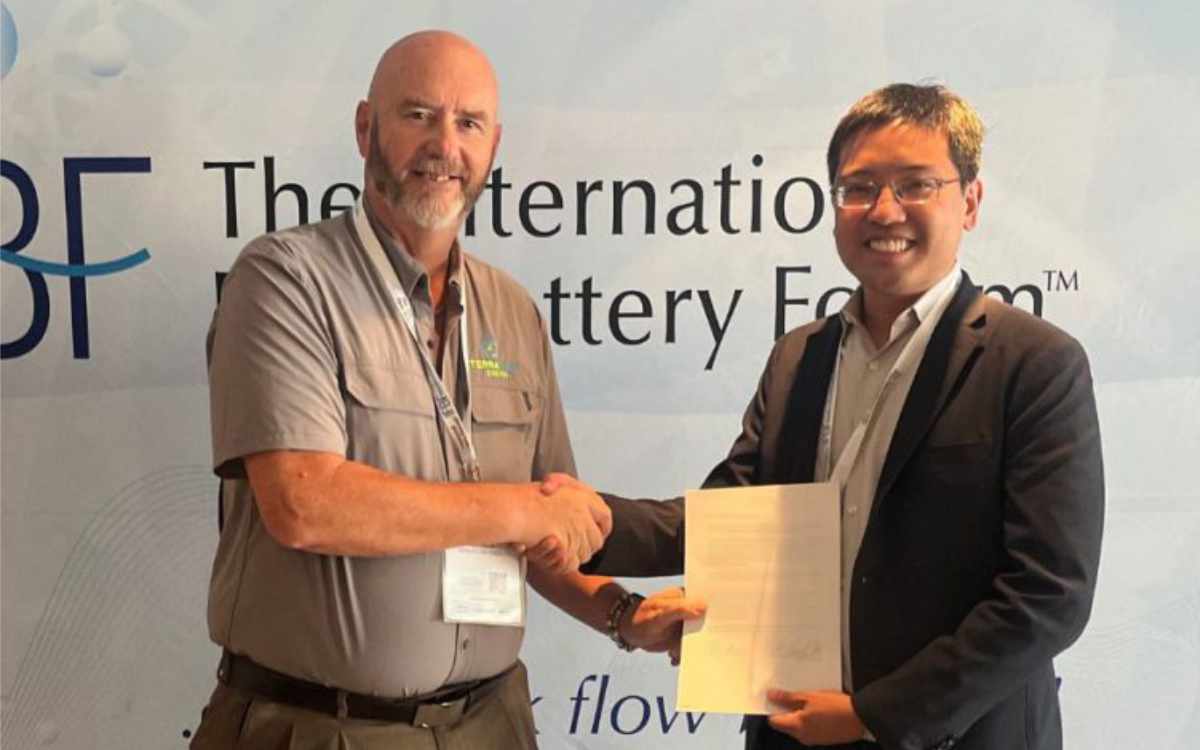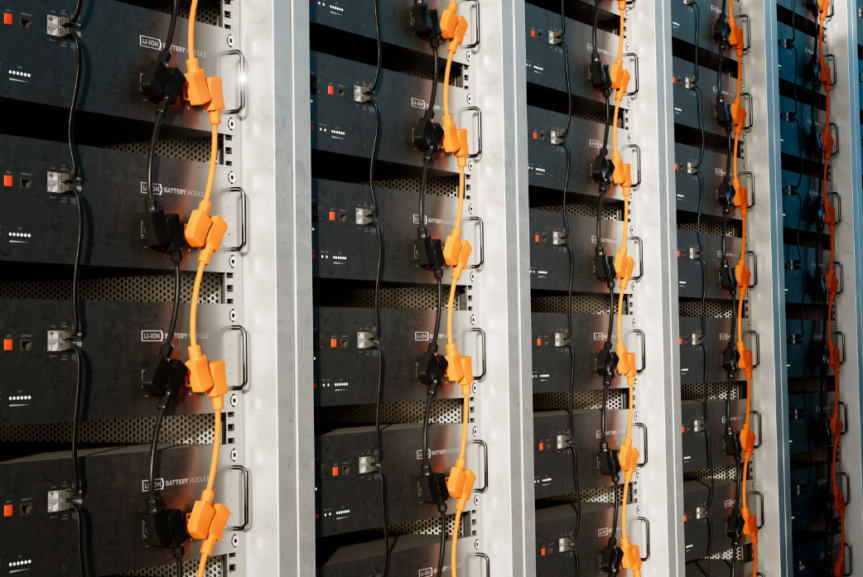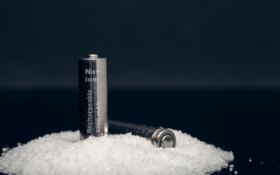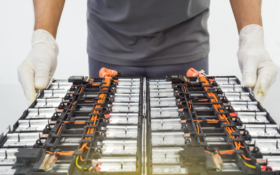Researchers at Australia’s Monash University have taken a giant leap towards creating a new lithium-sulfur battery by redesigning the technology to promote fast lithium transfer and improved lifetime performance.
Previously, the electrodes in lithium-sulfur batteries deteriorated rapidly and the batteries broke down, but the team has developed a nanoporous interlayer they hope solves that problem.
The interlayer uses porous aromatic frameworks (PAFs) with uniform 13 Å pores, and appropriate sulfonation levels (SPAF) within these pores that can deliver lithium ion transport rates, concomitant with the repulsion of unwanted polysulfide moieties.
This combination of properties leads to above 1000 mA h g−1 after 500 cycles at practical charge rates, say the researchers.
The battery design is also supported by high coulombic efficiency (av. >99.5%) and sulfur utilisation (∼96%) as well as excellent lithium anode protection.
More stable and longer lasting batteries
The research was published in the Journal of Materials Chemistry by the Royal Society of Chemistry.
The team was led by professor Hill, Dr Mahdokht Shaibani, professor Mainak Majumder and PhD candidate Ehsan GhasemiEstahbanati from the Faculty of Engineering.
Hill, deputy head of the department of Chemical and Biological Engineering at Monash University, said: “A lot of our research has been about making the battery more stable and lasting longer, so this particular discovery is really exciting.
“The interlayer stops polysulfides, a chemical that forms inside this type of battery, from moving across the battery; polysulfides interfere with the anode and shorten the battery life.
“It means the battery can be charged and discharged hundreds of times without failing.”
Lithium-ion batteries rely on metals such as cobalt, nickel and manganese, which have finite reserves and are often mined in countries known for poor mining practices and reliance on child labour.
By contrast, sulfur is in abundant supply in Australia and almost considered a waste or by-product.
Hill said a good supply of minerals combined with reducing the footprint from mining to manufacturing meant this battery was far more environmentally sound and ultimately cheaper to produce.
He said: “It’s ground-breaking technology, because in a regular lithium battery there’s about half a dozen components that make up the battery.
“Most people research those, but hardly anyone has looked at changing the interlayer or separator in the middle. They tend to be fairly standardised, and until now we’ve assumed it didn’t matter too much if you changed them.”

